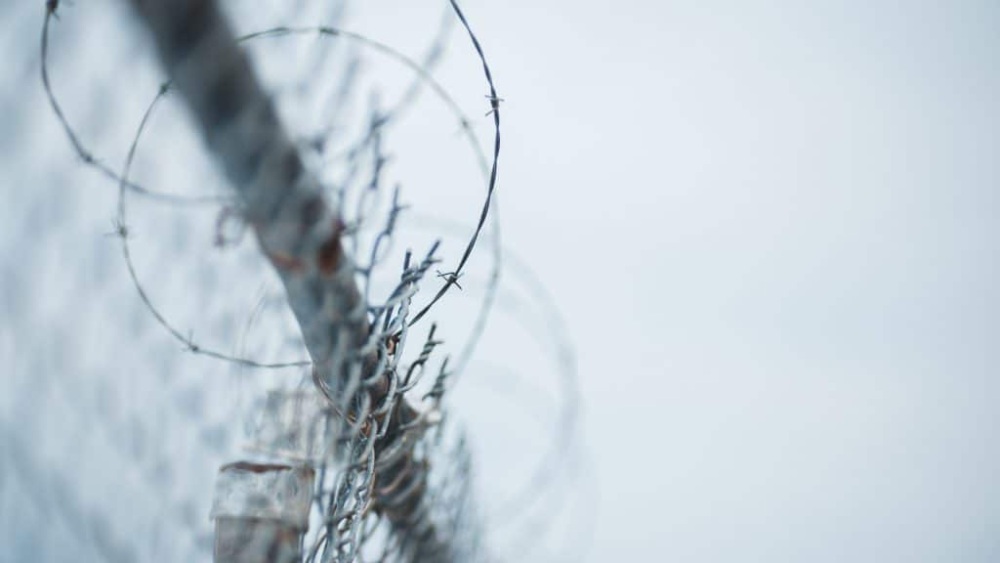

Public Sector Solutions, Public Safety & Reentry
The top 15 hotspots for COVID-19 transmission in America are in correctional facilities, with more than 186,000 cases and 1,120 deaths linked to prisons and jails, according to data from The New York Times. As of September 2020, San Quentin State Prison in San Quentin, California represents the single biggest cluster in the country, with more than 2,500 cases. Health officials in California have recommended that San Quentin reduce its population by upwards of 25% to help control the spread of the virus, and state correctional officers have begun releasing inmates whose sentences end soon.
With no end in sight to the pandemic, this raises a larger question: Could California and other states facing outbreaks in correctional facilities drastically reduce the rate of new incarcerations to help prevent additional hotspots from cropping up? To accomplish this, the correctional system would need to take a two-pronged approach.
1. Use evidence-based programming to reduce returns to incarceration
One of the largest sources of new incarcerations is recidivism of past offenders. Nationally, about 70% of inmates are rearrested within three years of their initial release. There are programs that have been proven to reduce future recidivism that can be delivered while in custody, at the point of re-entry, and post-release. For example, the Center for Employment Opportunities (CEO), a national nonprofit providing reentry services to individuals recently released from detention, offers its participants immediate paid employment, skills training, and ongoing career support. CEO continues working with people for over a year to ensure they stay safe, productive, and free from incarceration. Research has shown that CEO’s approach can reduce incarcerations due to new crimes by up to 25%. A national scaling of programs like CEO could help keep prison populations low and reduce the potential for new outbreaks.
2. Explore alternatives to incarceration
Modern technology has made in-community surveillance more feasible than ever before. Ankle monitoring, cell phone tracking, and video conferencing can make it possible for a probation or parole officer to effectively monitor people under their supervision outside of a locked facility. Virtual monitoring also reduces technical violations that can lead to returns to incarceration — failure to appear for an in-person meeting with a probation or parole officer, for example — by upwards of 30%. Even if this was only offered to low-level misdemeanor offenders, it could lead to a 25% decrease in the average daily population of jails.
Using Pay for Success to reduce incarcerations
Both of these approaches would require additional funding, and that is a place where Pay for Success (PFS) could be well poised to help. At its inception, PFS was envisioned as a means to fund preventative programs by using the savings achieved from avoiding costly expenses like incarceration to repay the upfront operating costs. With some states claiming costs as high as $80,000 a year to incarcerate an individual, the case for preventative programs and alternatives to incarceration seems clear.
In reality, savings have proven harder to unlock than expected. These exorbitant annual incarceration costs states claim often represent the average cost to incarcerate an individual — essentially, just the total corrections budget divided by the total number of inmates. Keeping a few additional people out of jail or prison produces limited cashable savings, since there are still substantial fixed costs — e.g., building maintenance and electricity — that are unlikely to change if only a few inmates are diverted.
If, on the other hand, a state is able to divert or discharge a substantial number of inmates from correctional facilities, it may be possible to close a wing of a prison, shut down smaller institutions, or forego construction of new facilities. This strategy may enable states to unlock substantial savings, since it allows for the elimination of fixed costs.
COVID-19 has disrupted business as usual, and in the context of prison reform, this may be the perfect opportunity to reimagine a new system that is more focused on prevention, more cost effective, and ultimately more humane.
Related Insight

Challenging the Status Quo: Philadelphia’s Exploration of Pay for Success
This report details Social Finance’s strategy in assessing the feasibility of the implementation of PFS in Philadelphia.

New Collaborations to Break the Cycle of Incarceration
In determining whether our correctional systems are succeeding, we focus on metrics like recidivism — the tendency of a convicted criminal to reoffend. What these metrics fail to explain are the contributing factors that so…